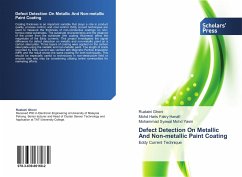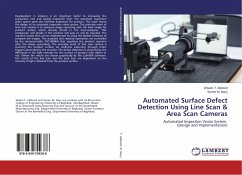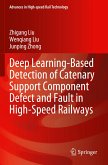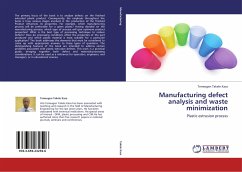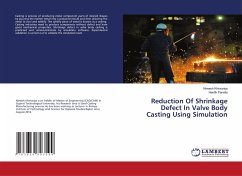Coating thickness is an important variable that plays a role in product quality, process control, and cost control. Eddy current techniques are used to measure the thickness of non-conductive coatings on non-ferrous metal substrates. The substrate characteristics and the distance of the probe from the substrate (the coating thickness) affect the magnitude of the Eddy currents. This project investigates the signal difference for defect detection on metallic and non-metallic paint on a carbon steel plate. Three layers of coating were applied on the carbon steel plate using the metallic and non-metallic paint. The length of crack recorded by Eddy current was verified with Magnetic Particle Inspection (MPI) and the result shown the same reading for both techniques. This should be especially useful to technicians in non-destructive field or anyone else who may be considering utilizing online communities for marketing efforts.
Bitte wählen Sie Ihr Anliegen aus.
Rechnungen
Retourenschein anfordern
Bestellstatus
Storno

